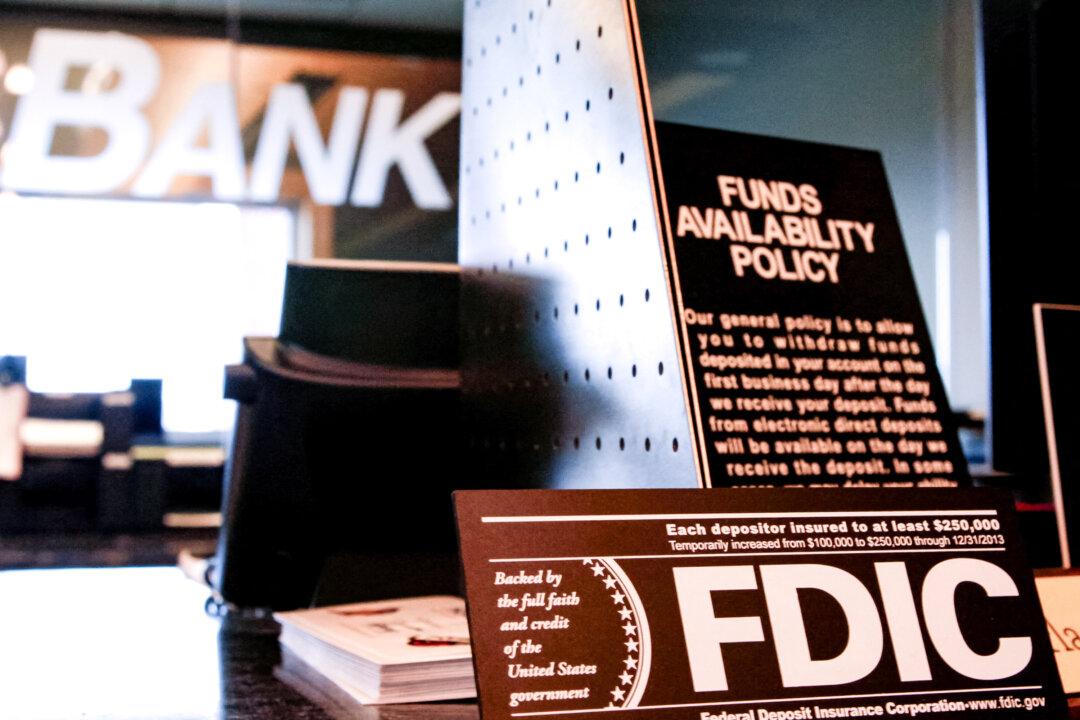It has been more than a year since the regional banking crisis exposed vulnerabilities in the financial system. A new Federal Deposit Insurance Corp. (FDIC) report discovered that the banking sector is still grappling with ballooning unrealized losses, a high number of “problem” banks, and various challenges that could worsen from high inflation and interest rates.
The financial regulator released the findings of the “FDIC Quarterly Banking Profile First Quarter 2024” report on May 29. Officials confirmed that unrealized losses on available-for-sale and held-to-maturity securities rose by $39 billion to $517 billion. This, the report noted, was the ninth consecutive quarter of “unusually high unrealized losses” since the Federal Reserve started raising interest rates in March 2022.





